Laparoscopic Gallstone Surgery
Your gallbladder is a small pouch just below the liver that your body uses to store bile. When you eat, the gallbladder empties this bile into the stomach in order to help you digest your food. While the bile itself is necessary for the digestion of fats, your gallbladder is not an essential bodily organ. Like the spleen, it can be removed without causing you any additional health issues or digestion.
What are Gallstones?
Gallstones form when substances inside the gallbladder crystallize. While gallstones usually go completely unnoticed, at times they can block the opening to the gallbladder, or even pass into the tube that connects the two. If this happens, it can be very painful. You may feel a sharp or burning pain in the upper right portion of your abdomen. Some patients also experience a stabbing-like sensation in their back. One you’ve experienced a painful gallbladder attack, it’s likely that you’ll experience more, and it’s best that the gallbladder is removed. If the gallstones travel toward the liver, you can also develop other health issues, such as jaundice.
What to Expect During Your Surgery
During your laparoscopic gallbladder surgery, you will be placed under general anesthesia. Dr. Otah will remove the gallbladder and the gallstones using several very small incisions in the abdomen. Your abdomen will be slightly inflated using air, and a small scope attached to a laparoscope (camera) will be inserted through the incision closest to the belly button. Dr. Otah will use a video monitor to guide her in placing the surgical instruments through the other incisions to remove your gallbladder. The entire surgical procedure will generally take two hours or less.
Once the gallbladder has been removed, your bile will flow directly from the liver into the small intestine. The body will no longer store bile, but this should not affect your digestion. Some patients do notice an increase in the occurrence of diarrhea or fat malabsorption. In most cases, though, the patient is able to continue their normal diet and eating habits.
In 5 to 10 percent of laparoscopic gallbladder surgeries, it may be necessary to switch to a more open surgical method with a larger incision. This may occur if Dr. Otah encounters scar tissue, an unusual amount of inflammation, or any injuries or bleeding when performing the surgery.
Recovering from Laparoscopic Gallbladder Surgery
In most cases, this is an outpatient surgery, requiring no overnight hospital stay. You will need to recover at home for between seven and 10 days before resuming your normal activities, though you may remain sore for an additional week. This is a far shorter recovery time than patients who have open gallbladder surgery, however. There will be no special diets or any other precautions required following your procedure.
Possible Risks/Complications
In most cases, there is very little risk involved with laparoscopic gallbladder surgery. Complications are extremely rare, but may include:
- Infection of one of your incisions
- Injury to the bile duct
- Injury to the small intestine
- Injury to the cystic duct
- Injury to the liver
These rare complications may require additional surgery to correct the issue.
The Benefits of Laparoscopic
Gallbladder Surgery
There are a number of benefits to receiving laparoscopic gallbladder surgery:
- In most cases, no overnight hospital stay is required following surgery
- Recovery is far faster than with open surgery
- You will spend less time away from work (7 to 10 days) versus traditional surgery (several weeks)
If you have been told by your general practitioner that you may need to schedule gallbladder surgery, the Center for General & Laparoscopic Surgery is here to help. Contact us today to schedule your appointment.

